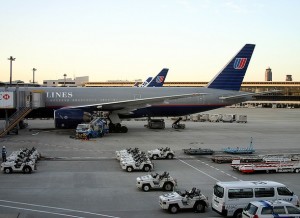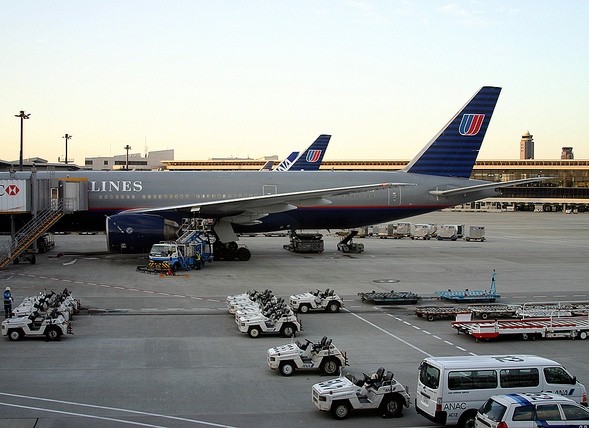 The International Air Transport Association (IATA) has revised upward its 2015 industry outlook to US$29.3 billion in net profit, a 4% profit margin on expected revenues of $727 billion.
The International Air Transport Association (IATA) has revised upward its 2015 industry outlook to US$29.3 billion in net profit, a 4% profit margin on expected revenues of $727 billion.
The significant strengthening from the $16.4 billion net profit in 2014 (re-stated from $19.9 billion) reflects the impact of several global factors, including stronger global economic prospects, record load factors, lower fuel prices, and a major appreciation of the U.S. dollar.
“For the airline business, 2015 is turning out to be a positive year,” said Tony Tyler, IATA’s director general and CEO.
All regions are expected to see improved profitability in 2015 compared with 2014, but airline performance is seen to vary along with differences among regional economies, according to the report.
“The industry’s fortunes are far from uniform. Many airlines still face huge challenges,” said Tyler.
Over half of the global profit is expected to be generated by airlines based in North America ($15.7 billion). For North American airlines, the margin on earnings before interest and taxation is expected to exceed 12%, more than double that of the next best performing regions of Asia-Pacific and Europe.
At the industry level, a significant milestone has been achieved with an expected return on invested capital (ROIC) of 7.5%. For the first time, the industry-level average ROIC will be in excess of its cost of capital, which has fallen to 6.8% largely due to lower bond yields.
This industry average is, however, dominated by airlines in the United States, which have benefitted the most from the fall in U.S. dollar-denominated fuel prices, a strong local economy, and industry restructuring. The average non-U.S. airline is still struggling with returns below the cost of capital and a significant debt burden, continued the report.
IATA said fuel prices are one of the main performance drivers, and their recent decline is a “welcome development.” But the fall in fuel prices is being moderated by a 20% rise in the value of the U.S. dollar over the past 12 months as well as by airline hedging policies, which have locked about half of the 2015 fuel supply at higher levels.
Another performance factor is the stronger U.S. dollar, whose impact can be seen in a 0.7% decline in the industry’s overall revenues, which are expected to be $727 billion from $733 billion in 2014.
Meanwhile, on the two main businesses of the air transport industry, IATA predicts a growth of about 6.7% for the passenger side in 2015, an acceleration on the 6% growth recorded in 2014. Passenger numbers are still expected to top 3.5 billion for the first time in 2015. A focus on efficiency is seeing supply matched more closely than ever with demand and is expected to produce a record high load factor of 80.2%. A yield decline of 7.5% reflects the stiff competition in the business but is exaggerated by the impact of the U.S. dollar appreciation.
For the cargo business, growth is forecast at 5.5% this year, which is a slightly slower pace than the 5.8% realized in 2014. The strengthening of the cargo business in 2014 is expected to continue into this year. Expected revenues—estimated at $62 billion—would have exceeded the $67 billion peak in 2011 were it not for the appreciation of the U.S. dollar.
The improvement is delivered through a volume increase with a record 54.2 million tonnes of air cargo expected in 2015. Yields are expected to fall by around 7% this year, a decline that is again exaggerated by the strength of the U.S. dollar.
“The longer-term prospects for air cargo remain challenging with a continuing post-financial crisis trend of slower trade growth relative to GDP,” said the report.
Photo: Christian Junker





